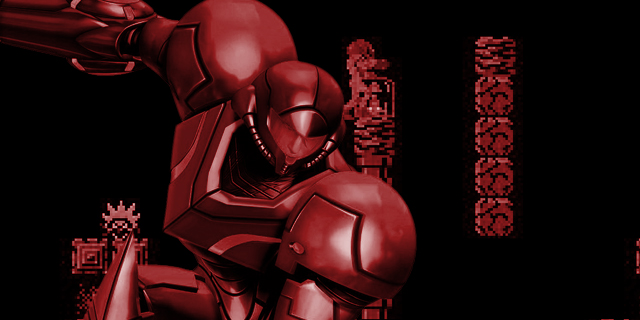
In From Pixels to Polygons, we examine classic game franchises that have survived the long transition from the 8- or 16-bit era to the current console generation.
Few games inspire an entire genre the same way Nintendo’s classic Metroid series did. Quite a few games these days are described as Metroidvanias, a weird amalgamation of two once entirely different series (which is now considered the best way to describe an entire subgenre), but Metroid is where it all began. The series has changed drastically over the years, but at its core has remained fundamentally the same, for better or worse. Here’s a look at the history of everyone’s favorite bounty hunter, Samus Aran, and her many intergalactic adventures.
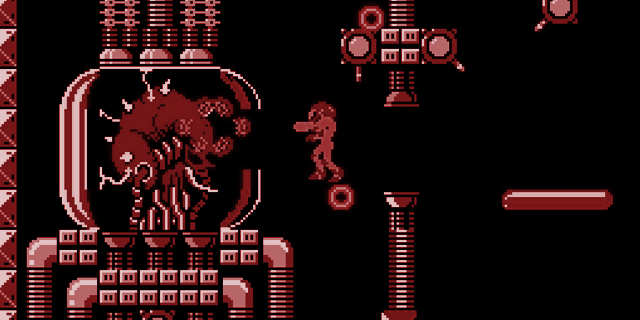
A bounty hunter’s first missions
 Metroid was a game changer in many ways. As with many of today’s long-running franchises, Metroid began as something of an experiment. It pushed boundaries in many ways, not the least of which was simply the way you moved through a 2D world. It may seem trivial, but the ability to backtrack through earlier areas was new at the time. Many platformers had the player forever moving to the right, with game worlds simply acting as obstacle courses: once cleared, they generally weren’t returned to. Gating off areas based on upgrades gave backtracking a feeling of exploration, and gave Zebes an aspect of familiarity. Zebes itself was at the time one of the biggest game worlds on the NES. Metroid features one of the biggest moments of the generation: the revelation that Samus is a woman.
Metroid was a game changer in many ways. As with many of today’s long-running franchises, Metroid began as something of an experiment. It pushed boundaries in many ways, not the least of which was simply the way you moved through a 2D world. It may seem trivial, but the ability to backtrack through earlier areas was new at the time. Many platformers had the player forever moving to the right, with game worlds simply acting as obstacle courses: once cleared, they generally weren’t returned to. Gating off areas based on upgrades gave backtracking a feeling of exploration, and gave Zebes an aspect of familiarity. Zebes itself was at the time one of the biggest game worlds on the NES. Metroid features one of the biggest moments of the generation: the revelation that Samus is a woman.
Metroid II: Return of Samus was as much of an innovation on the Game Boy as the original was on the NES. The Game Boy had a tendency to feature cut-down versions of NES games due to its limited technical specs, many being little more than tech demos as a portable game system was then a brand new idea. These limitations, especially the smaller monochrome display, brought its own set of hurdles. With no color, it couldn’t show when Samus received suit upgrades like the original’s palette changes. Instead, it gave her pronounced shoulders when the Varia upgrade was found. This would go on to become part of her appearance throughout the series.
Metroid II introduced the full range of Metroids, as Samus was on a mission to destroy them. As you moved deeper, you discovered more advanced and stronger Metroids, with a counter showing your total remaining; destroy them all and the game is complete. Metroid II was a huge step up from the original, though it was held back by its hardware to a certain extent. – Jeff deSolla
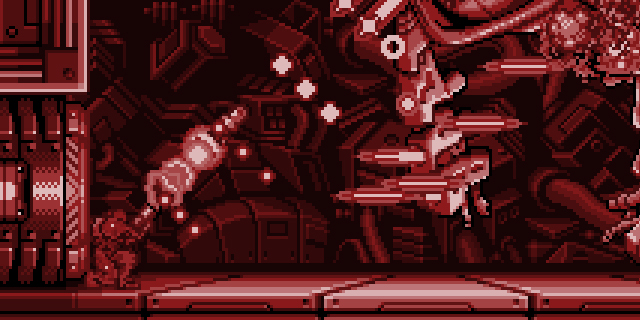
The morph to more powerful platforms
 Super Metroid was everything fans wanted: bigger areas, larger bosses and more abilities and upgrades to collect meant that Nintendo knocked it out of the park. It knocked it out so far, as a matter of fact, that many people consider Super Metroid to be one of the best games ever made. Everything about it just feels right. The desolate atmosphere is great, the variety of enemies is astounding and the combat is sharp and responsive.
Super Metroid was everything fans wanted: bigger areas, larger bosses and more abilities and upgrades to collect meant that Nintendo knocked it out of the park. It knocked it out so far, as a matter of fact, that many people consider Super Metroid to be one of the best games ever made. Everything about it just feels right. The desolate atmosphere is great, the variety of enemies is astounding and the combat is sharp and responsive.
Metroid Fusion saw the series move from the SNES to the GBA, which feels like a SNES you can hold in your hands. Everything looked familiar, and the story served to illuminate Samus’ past without overpowering the strong feelings of being hunted by the SA-X. Boss design was strong, and the justification for sealing off sections of the station made a ton more sense than Other M’s dull scheme for sealing off powers and section of the Bottle ship. Some fans didn’t care for the story, but nobody can complain that the mechanics were anything but pure Metroid at its absolute best.
Metroid: Zero Mission feels just like Fusion, which is great, as Fusion is a joy to play. Retelling Samus’ first story allowed players like me to experience the story and most of the design without dealing with the clunky password system of the original. It didn’t help matters any that whenever you needed to restart, either from a save or after dying, you did so with only 30 health. Adding an integrated map and a light stealth section only added to the original, which is exactly what I like to see in an update: everything that made the original memorable, with new extra features. You’ll still collect all of the upgrades and beat up on all of the bosses you remember; it’s just not as inconvenient to get around the joint. – Justin Last
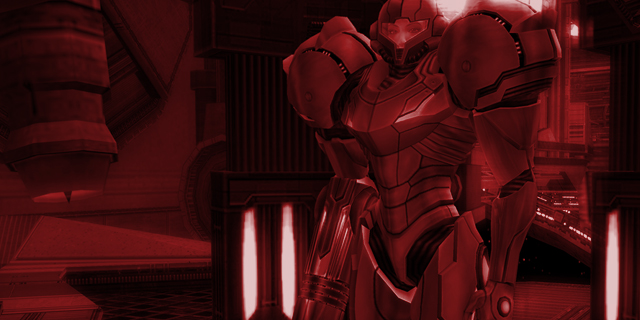
Samus’ first-person adventures
 Many series’ first transition from 2D to 3D was a disaster; a death knell for the franchise. When word was released that brand-new developer Retro Studios was handling the first 3D Metroid, people were nervous. But a first-person shooter? Full panic erupted. I’m sure everybody was happy to eat crow when they found out Metroid Prime wasn’t only an acceptable 3D Metroid game, it was a true classic; a rare combination of a game that immerses you completely, stays true to the series and feels right. A great map, tense boss fights, ball-specific puzzles and a ton of lore to read though meant Metroid Prime was a game not only for the die-hards, but for anybody who enjoyed playing games.
Many series’ first transition from 2D to 3D was a disaster; a death knell for the franchise. When word was released that brand-new developer Retro Studios was handling the first 3D Metroid, people were nervous. But a first-person shooter? Full panic erupted. I’m sure everybody was happy to eat crow when they found out Metroid Prime wasn’t only an acceptable 3D Metroid game, it was a true classic; a rare combination of a game that immerses you completely, stays true to the series and feels right. A great map, tense boss fights, ball-specific puzzles and a ton of lore to read though meant Metroid Prime was a game not only for the die-hards, but for anybody who enjoyed playing games.
Metroid Prime 2 saw a ramp in difficulty, a greater emphasis on environmental dangers and… multiplayer? It didn’t innovate as much as the original, but puzzles were tougher, bosses more unforgiving and it gave us more Metroid. It’s hard to complain about sticking to what works.
Metroid Prime 3 retained most of the gameplay elements of the first two, but expanded on the controls by allowing users to play with the Wii Remote. Aiming had never been more intuitive in a Metroid game. The levels were great, but nothing quite on the level of Phendrana Drifts from Metroid Prime. Meeting other bounty hunters was a cool idea, and more emphasis was put on the story. Skytown and Spiderball puzzles, along with about twenty other moments, proved that the series had life and room to evolve. – Henry Skey
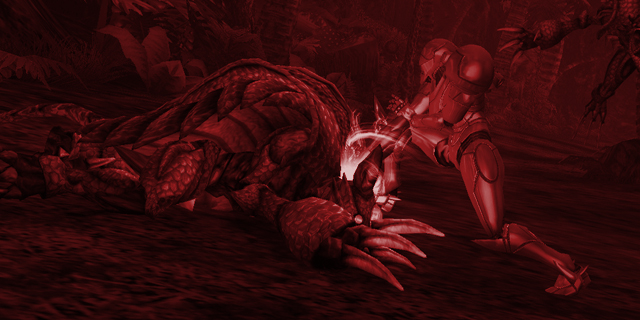
The present and unknown future of Samus Aran
 After a successful run of first-person Metroid games, Nintendo wanted to bring the series back to its roots with something more akin to the original 2D titles. Teaming up with developer Team Ninja, the folks behind the Ninja Gaiden and Dead or Alive series, Metroid: Other M was an odd mix. It combined the third-person exploration the series is known for and added in first-person combat that felt similar to the Prime series. It wasn’t perfect, but it made for an intriguing mix of gameplay styles that, when it worked, worked magnificently.
After a successful run of first-person Metroid games, Nintendo wanted to bring the series back to its roots with something more akin to the original 2D titles. Teaming up with developer Team Ninja, the folks behind the Ninja Gaiden and Dead or Alive series, Metroid: Other M was an odd mix. It combined the third-person exploration the series is known for and added in first-person combat that felt similar to the Prime series. It wasn’t perfect, but it made for an intriguing mix of gameplay styles that, when it worked, worked magnificently.
Unfortunately, the same can’t be said for the story, which felt out of place in a Metroid game. Sure, it isn’t the first title in the series with a stronger focus on narrative (Metroid Fusion managed to pull it off mostly successfully), but it failed to grasp the fundamentals of what made Samus Aran such a likable character. It managed to take the strong, silent protagonist and turn her into something most fans considered to be a less reliable and weaker heroine than what they were used to.
So far, there hasn’t been a single piece of news regarding the future of the Metroid series since Other M’s release in 2010. While some fans are worried about the direction of the series after a game many consider to be a disappointment, despite its solid gameplay, there is still hope that Nintendo has learned from its lessons, and decided to take the series in a direction that more closely resembles the original games (or even a bold new direction like the Prime trilogy). The Metroid series is ripe with potential, yet so much of it still feels unexplored. – Andrew Passafiume
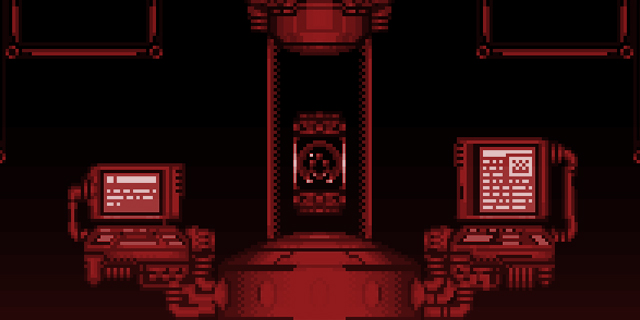
What’s the peak of the Metroid series?
 Jeff: While I did enjoy Metroid II immensely, I have to say that because of streamlined features, the pinnacle of the series is instead Super Metroid. When I think of Metroid, this is the game that instantly jumps into my mind. The Metroid Prime games were wonderful, though to me I will always see the series in 2D.
Jeff: While I did enjoy Metroid II immensely, I have to say that because of streamlined features, the pinnacle of the series is instead Super Metroid. When I think of Metroid, this is the game that instantly jumps into my mind. The Metroid Prime games were wonderful, though to me I will always see the series in 2D.
 Justin: Metroid Fusion was my first, but Metroid: Zero Mission is my favorite. I could never get into the NES original (probably because I didn’t play it until just a few years ago), but Samus’s original adventure remains engaging, and playing Zero Mission on my TV thanks to the Game Boy Player was an absolute joy.
Justin: Metroid Fusion was my first, but Metroid: Zero Mission is my favorite. I could never get into the NES original (probably because I didn’t play it until just a few years ago), but Samus’s original adventure remains engaging, and playing Zero Mission on my TV thanks to the Game Boy Player was an absolute joy.
 Henry: This is like choosing which of your seven talented, smart, charming, good-looking kids is the best. I’ll go with Metroid Prime, but somebody could easily persuade me otherwise. The leap to 3D shattered expectations and Prime remains a shining gem.
Henry: This is like choosing which of your seven talented, smart, charming, good-looking kids is the best. I’ll go with Metroid Prime, but somebody could easily persuade me otherwise. The leap to 3D shattered expectations and Prime remains a shining gem.
 Andrew: It’s hard to argue against fans of the GBA Metroid titles or even the Prime trilogy, but Super Metroid still remains the absolute peak of the series in my mind. It took the basic formula from the original two games and successfully expanded upon it, creating one of the best titles on the Super Nintendo.
Andrew: It’s hard to argue against fans of the GBA Metroid titles or even the Prime trilogy, but Super Metroid still remains the absolute peak of the series in my mind. It took the basic formula from the original two games and successfully expanded upon it, creating one of the best titles on the Super Nintendo.
In our next installment, we build up quite the rap sheet in the Grand Theft Auto franchise. For more, check out the archive.



















